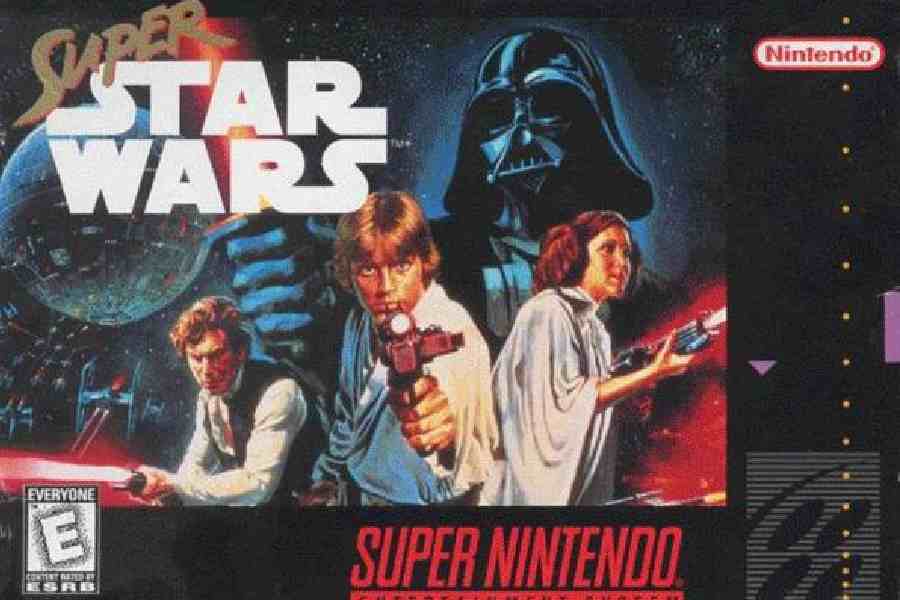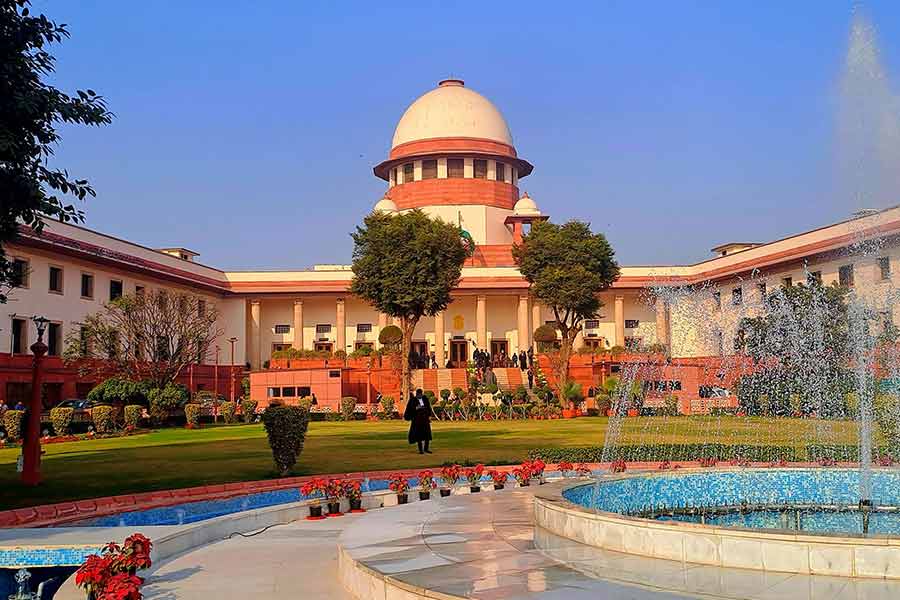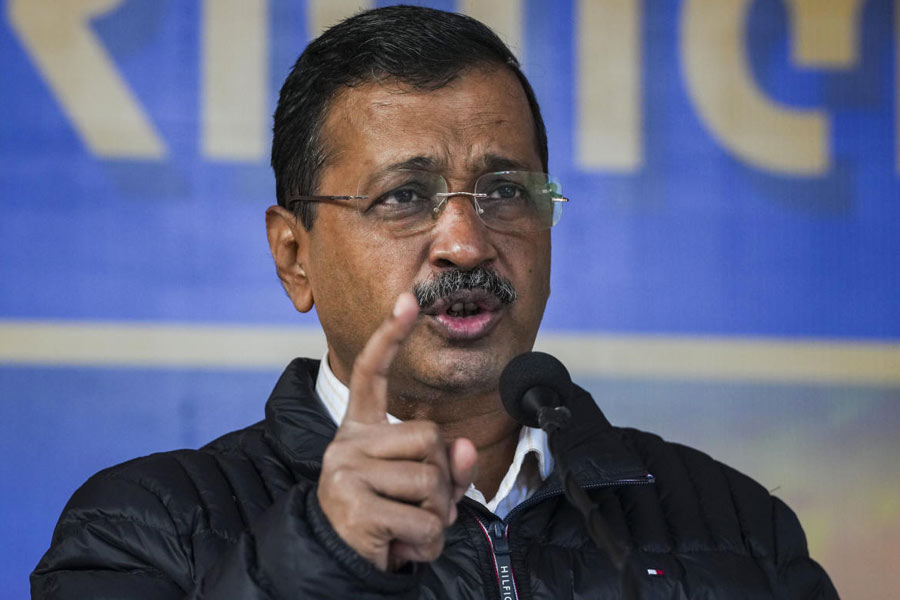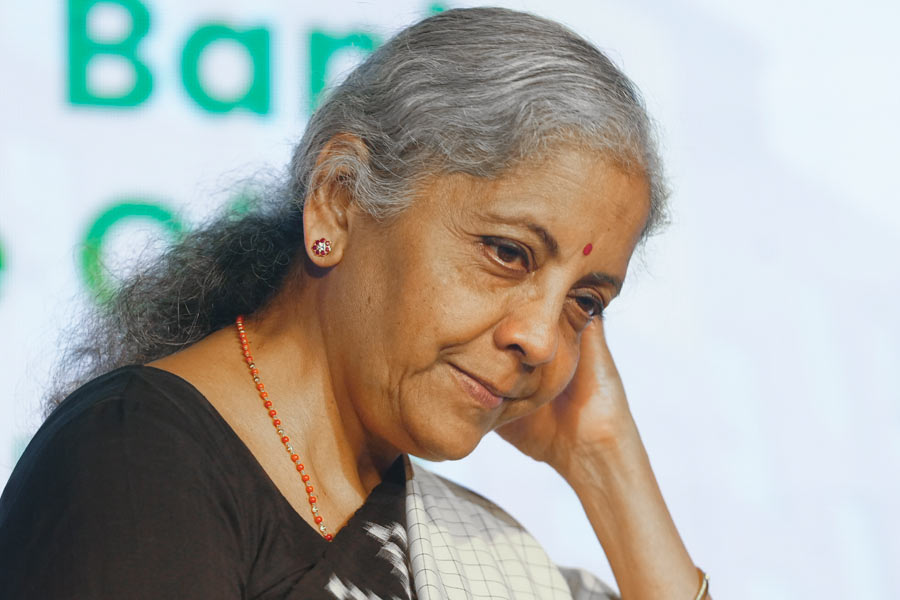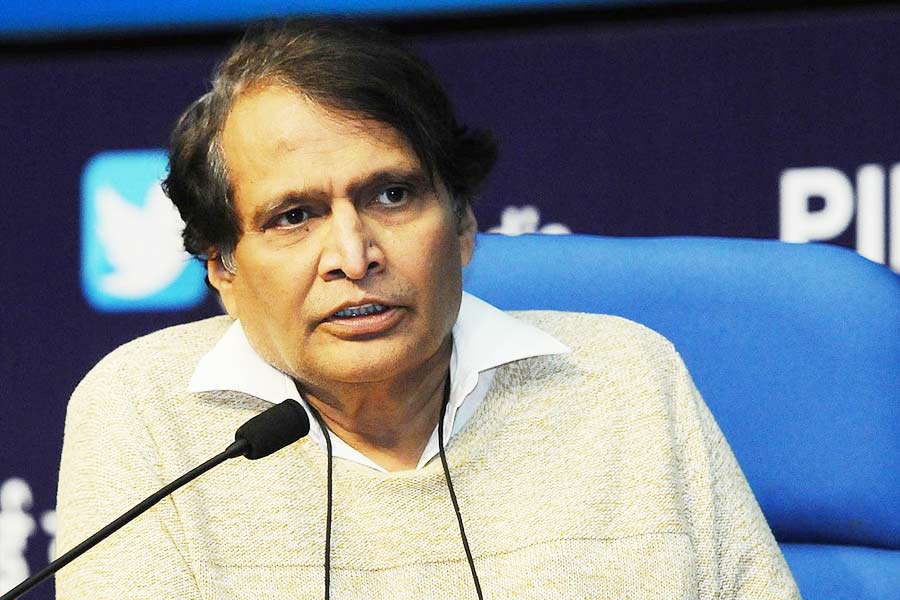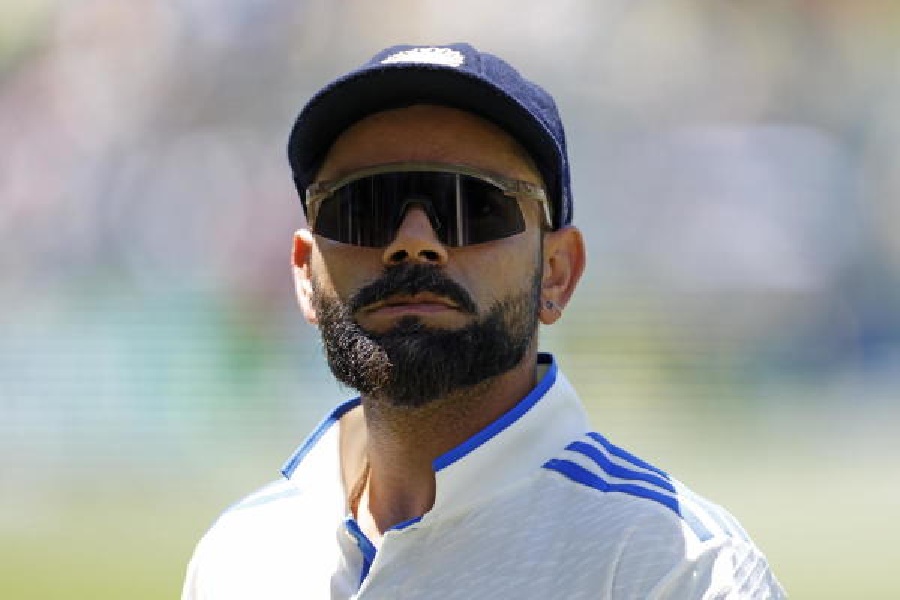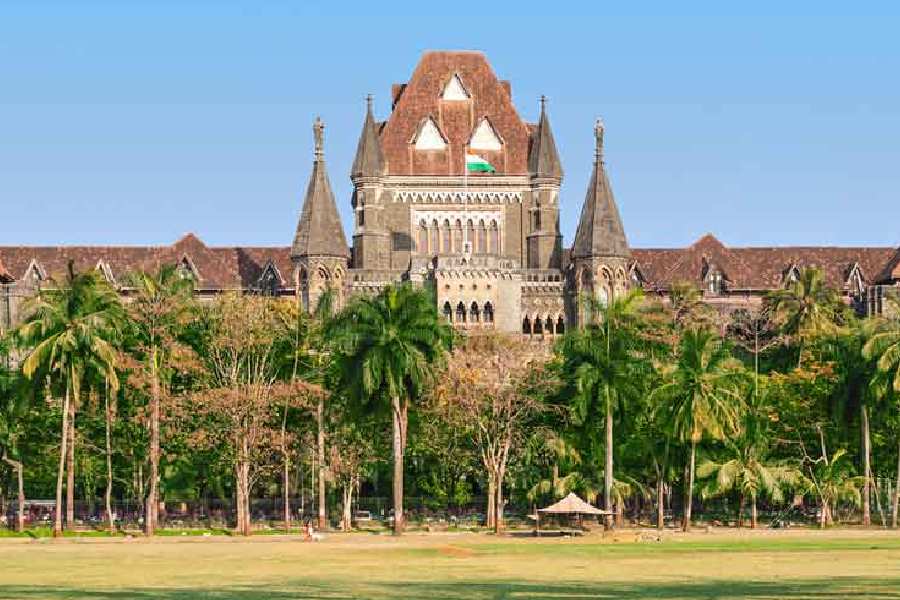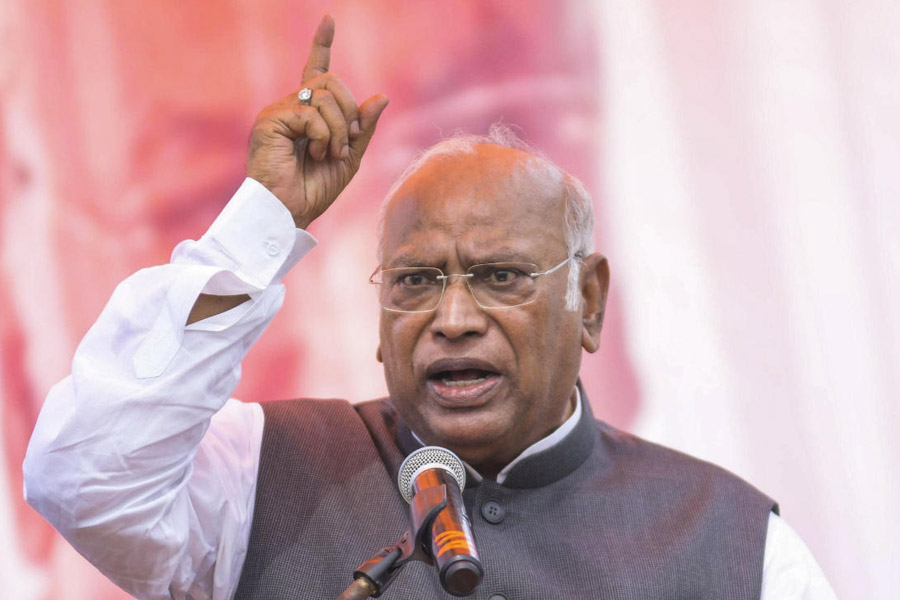Though it sometimes feels as if there is a new Star Wars installment every couple of months, there was a time when all that fans of George Lucas’s sci-fi universe had were three movies and a lot of imagination.
The 16-year gap between the end of that trilogy, 1983’s Return of the Jedi, and the start of the divisive prequels, 1999’s The Phantom Menace, was a vast creative void — that video games helped fill.
Developers at LucasArts, a Lucasfilm subsidiary, saw themselves as the standard- bearers of the Star Wars franchise, said designer Jon Knoles. “We had all kinds of creative freedom,” he said.
Recently, Nightdive Studios released a remaster of Dark Forces that features enhanced lighting and textures but retains the look and feel of the original game. It’s a testament to LucasArts classics that are still beloved all these years later.
Super Nintendo
Super Star Wars (1992): A rudimentary 8-bit action game based on A New Hope and The Empire Strikes Back for the original Nintendo Entertainment System, it was not until Super Star Wars that its hot streak really got underway.
The goal, Knoles said, was to fill in the blanks of the original movie’s story. “What really happened on the way to the Mos Eisley cantina?” he said. “Maybe Luke fell into a hole and had to shoot a bunch of womp rats.” The games were both exhilarating and difficult. “They were brutally hard. Just unforgiving,” Knoles said.
PC
Star Wars: X-Wing (1993): While LucasArts produced the Super Star Wars trilogy, it was also working on X-Wing, a state-of-the-art flight simulator that put players in the cockpit of a starfighter during the assault on the Death Star. The end result was considered a technological marvel.
“The first time that we had a TIE fighter flying toward the camera shooting laser bolts in fluid 3D was a transformative moment for all of us,” Knoles said.
PC, Mac, Sega CD
Star Wars: Rebel Assault (1993): The same year saw the release of Rebel Assault, a rail shooter in the vein of Time Crisis and The House of the Dead, in which a camera moves around an environment and the player shoots enemies as they appear. Rebel Assault used cutting-edge tech like full-motion video and 3D modeling to give it the impression of a movie come to life.
“We were doing these incredible visual effects — or so we thought — that were light-years ahead of what we had thought could be done in a video game,” Knoles said.
PC, Mac, PlayStation
Star Wars: Dark Forces (1995-96): For Dark Forces, LucasArts branched out into an emerging genre, the first-person shooter, to tell the story of a mercenary working for the Rebel Alliance who discovers the Empire’s nefarious plans in the lead-up to the events of A New Hope.
Knoles said Dark Forces “followed in the footsteps” of influential games by id Software, putting “a Star Wars’ twist” on titles like Wolfenstein and Doom. The success of Dark Forces led to the creation of two popular sequels, Jedi Knight and Jedi Knight II: Jedi Outcast, that incorporated lightsabers.
Nintendo 64
Shadows of the Empire (1996): When Nintendo asked LucasArts to design a Star Wars game for its new console, there was one stipulation: it had to be about a new character.
So Knoles pitched the idea of a game set between the events of The Empire Strikes Back and
Return of the Jedi that was based around “a carbon copy of Han Solo,” the cocksure smuggler Dash Rendar.
PC, Mac, Nintendo 64, Dreamcast
Star Wars: Episode 1 Racer (1999-2000): For the team’s next game — its first tied to the forthcoming Star Wars prequels — it focussed on one scene: the podracing sequence in The Phantom Menace. Among some fans, Episode 1 Racer, an electrifying sci-fi racing game, is remembered more fondly than the movie it is based on.
“We wanted to do just one thing: go fast,” said Knoles.
PlayStation 2, GameCube
Star Wars: Bounty Hunter (2002): With the prequel release cycle in full swing in the early 2000s, Knoles said that making Star Wars games had become “a lot more stressful and a lot less fun”. His final title with LucasArts was the slick action game Bounty Hunter, based around the character of Jango Fett from the movie Attack of the Clones.
The creation of Bounty Hunter, a complex game with deep combat and platforming, was not a pleasant experience. “Man, that was tough — the scale, the amount of people, the amount of stress,” he said.
NYTNS

